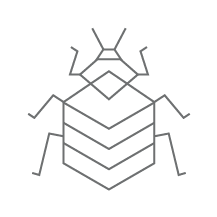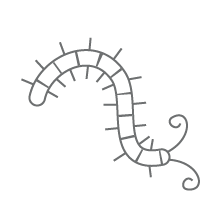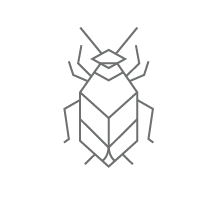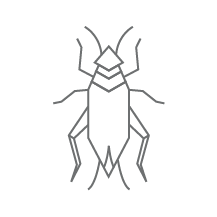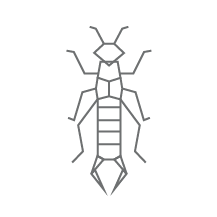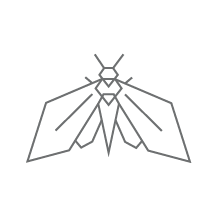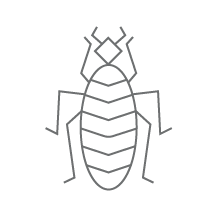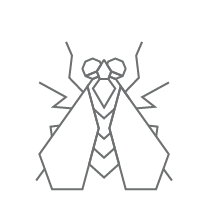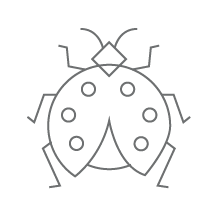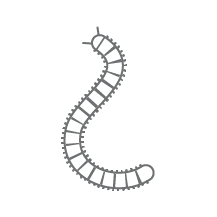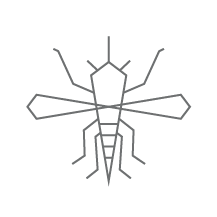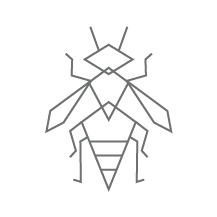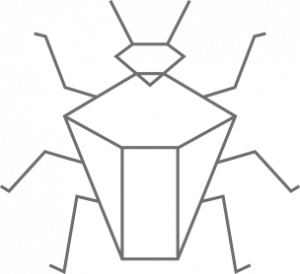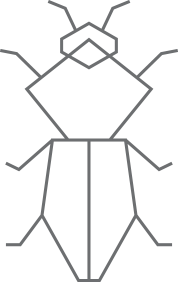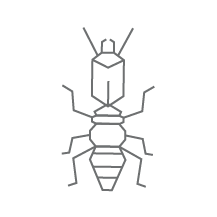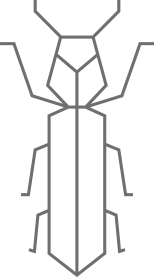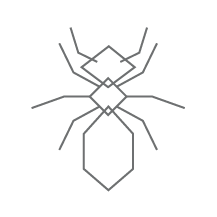
Commercial and Residential Pest Control Services | Dodson Bros. Exterminating Co., Inc.
Black Widow Spiders
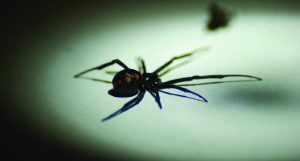
Indoors, black widows prefer cluttered and undisturbed areas such as crawl spaces, basements and garages. Outside, these spiders commonly live in protected areas such as firewood piles, tree stumps, and under stones or decks. They are also commonly found in outhouses, sheds, barns and barrels.
The biggest threat posed by black widows is their bite. Young children, elderly and those that have their immune system compromised are at the highest risk. Males lack potent venom and rarely bite, which makes them less of a concern, but female black widow spiders are known for their aggression after laying and guarding their eggs. When bitten by a black widow, pain is almost immediate and can be followed by fever, sweating, increased blood pressure and nausea. Black widow bites are not always felt, in which case the only reliable evidence is slight swelling around two tiny fang marks.
Wear heavy gloves when moving items that have been stored for a long period of time. Before wearing shoes, make sure to inspect them as they are a frequent spider hiding spot. Store firewood five inches off the ground and at least twenty feet from the house. If you are bitten by a black widow spider, seek prompt medical attention.
Brown Recluse Spiders
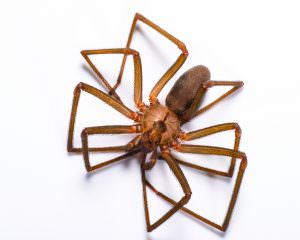
Brown recluse feed on small prey such as insects. Indoors, they are typically found in any undisturbed area, such as seldom-used clothing and shoes, under furniture, inside boxes, among papers or in crevices such as baseboards and window moldings. Crawl spaces, attics, closets and basements are the most common hiding areas. Outside, these spiders are usually found around utility boxes woodpiles and around rocks.
Both the male and the female brown recluse spider can bite and inject venom. While usually not felt, the bite results in a stinging sensation followed by intense pain as long as six to eight hours later. A small blister can develop around the bite which can then turn into an open ulcer. Symptoms of this bite can include fever, restlessness and difficulty sleeping.
Store clothing and shoes inside plastic containers and make sure to shake out clothing that has been on the floor or in storage before using. Pay close attention to boots, gloves, baseball mitts and skates that are used less often. Seal all internal and external cracks and crevices to prevent entry. If you are bitten by a brown recluse spider, seek prompt medical attention.
Wolf Spiders
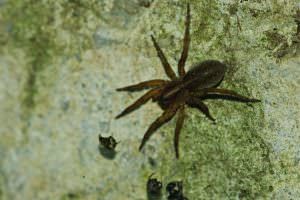
Wolf spiders actively hunt during the night and usually rest in sheltered places during the day. They are fast on their feet and pursue prey. Because of these habits, wolf spiders are commonly seen by people.
Because wolf spiders feed on a variety of insects, including crop pests, they can be beneficial. Wolf spiders can bite, but it's extremely rare to experience a wolf spider bite unprovoked. They will only bite if they are handled. The presence of wolf spiders in homes is usually accidental.
Seal cracks on the outside of the home and use screens on doors and windows.
